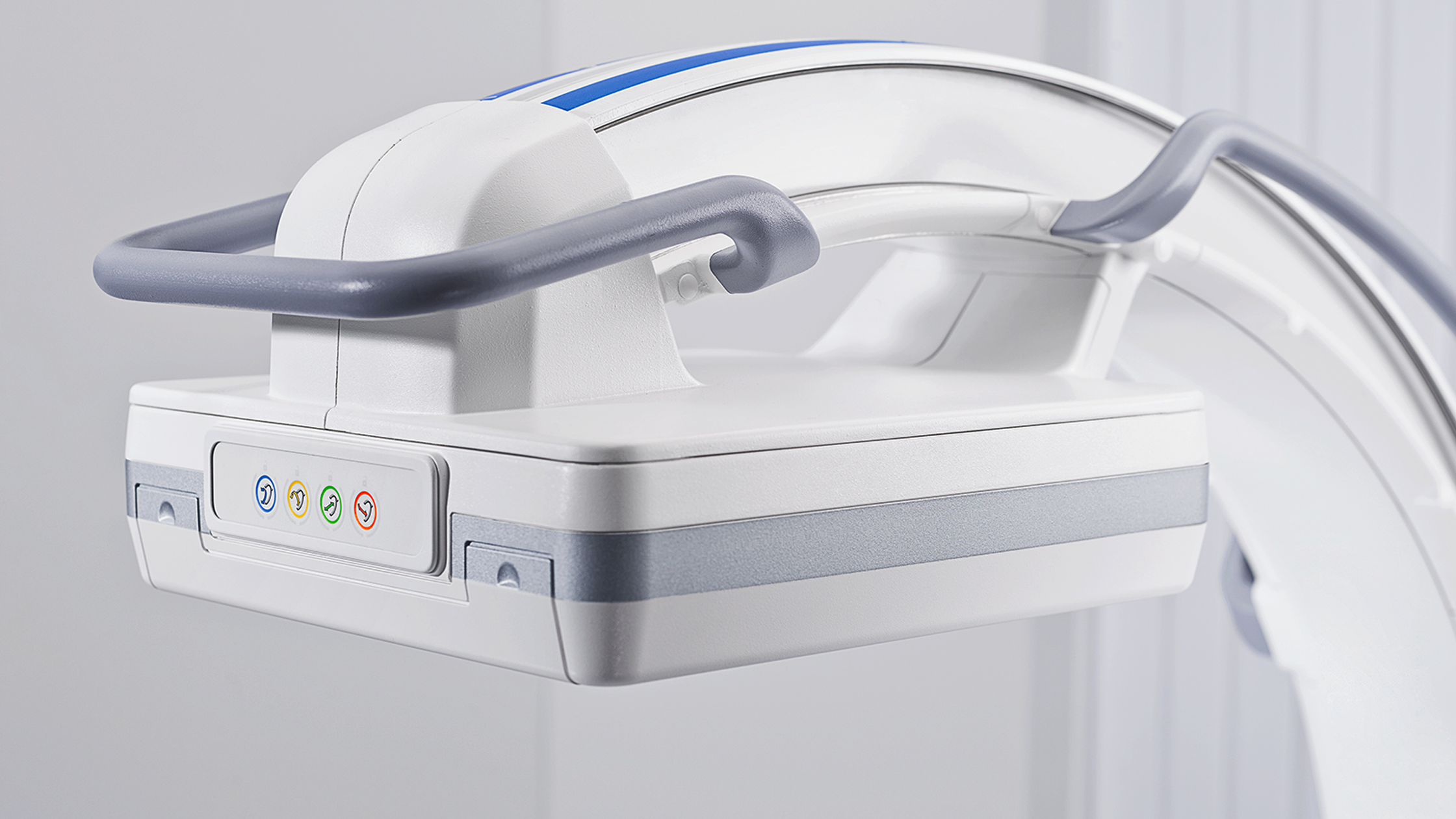Surgical C-arm systems have come a long way since their inception, revolutionizing the way surgeries are performed and greatly improving patient outcomes. These sophisticated devices provide high-quality, real-time X-ray images during surgical procedures, allowing surgeons to make more precise and informed decisions. This blog post will take you on a journey through the key innovations in the evolution of surgical C-arm systems, shedding light on how they have transformed the surgical landscape.
-
The Birth of C-Arm Systems: Hounsfield and Cormack’s Pioneering Work
The origins of C-arm systems can be traced back to the 1970s when Sir Godfrey Hounsfield and Allan Cormack developed the first computed tomography (CT) scanner. This groundbreaking innovation laid the foundation for the development of C-arm systems, as it demonstrated the potential for real-time imaging in medical practice.
-
The Introduction of Mobile C-Arm Systems
One of the most significant advancements in the evolution of C-arm systems was the development of mobile units. In the early days, these systems were large, bulky, and primarily stationary. The introduction of mobile C-arm systems made it possible to bring the technology directly into the operating room, allowing surgeons to perform a wide range of procedures with real-time guidance and enhanced precision.
-
Digital Subtraction Angiography (DSA)
The advent of digital subtraction angiography (DSA) in the 1980s marked a major milestone in the development of C-arm systems. DSA enabled surgeons to visualize blood vessels with unprecedented clarity by subtracting the pre-contrast image from the post-contrast image. This technique proved to be particularly useful in interventional radiology and vascular surgery, where accurate imaging of blood vessels is crucial for successful outcomes.
-
Flat Panel Detectors: A Leap Forward in Image Quality
The introduction of flat panel detectors in the early 2000s significantly improved the image quality of C-arm systems. These detectors replaced the older image intensifiers, resulting in sharper, more detailed images with reduced distortion. This innovation allowed surgeons to perform even more complex procedures with greater confidence and accuracy.
-
3D Imaging and Surgical Navigation
The integration of 3D imaging capabilities into C-arm systems has been another game-changer in the field of surgery. By providing a three-dimensional view of the patient’s anatomy, 3D imaging allows for better surgical planning and navigation. This enhanced visualization has been particularly beneficial in the fields of orthopedics, spine, and neurosurgery, where precise positioning of surgical instruments is critical for optimal results.
-
The Future: Artificial Intelligence and Robotics
As we look to the future, the potential integration of artificial intelligence (AI) and robotics with C-arm systems promises to usher in a new era of surgical innovation. AI-powered algorithms could assist surgeons in real-time decision-making, while robotic integration could enable even greater precision and control during surgical procedures. These advancements hold the potential to further improve patient outcomes and redefine the limits of what’s possible in the operating room.
The evolution of surgical C-arm systems has been marked by a series of groundbreaking innovations that have transformed the practice of surgery. From the pioneering work of Hounsfield and Cormack to the introduction of mobile units, digital subtraction angiography, flat panel detectors, and 3D imaging, each advancement has built upon the last to deliver better surgical outcomes for patients. As we look towards the future, the integration of artificial intelligence and robotics promises to push the boundaries of surgical innovation even further.

